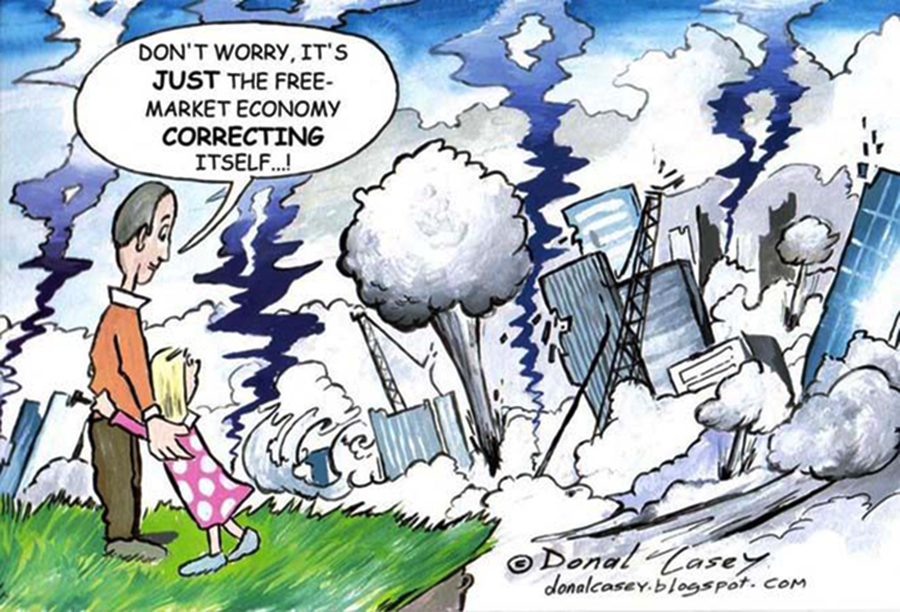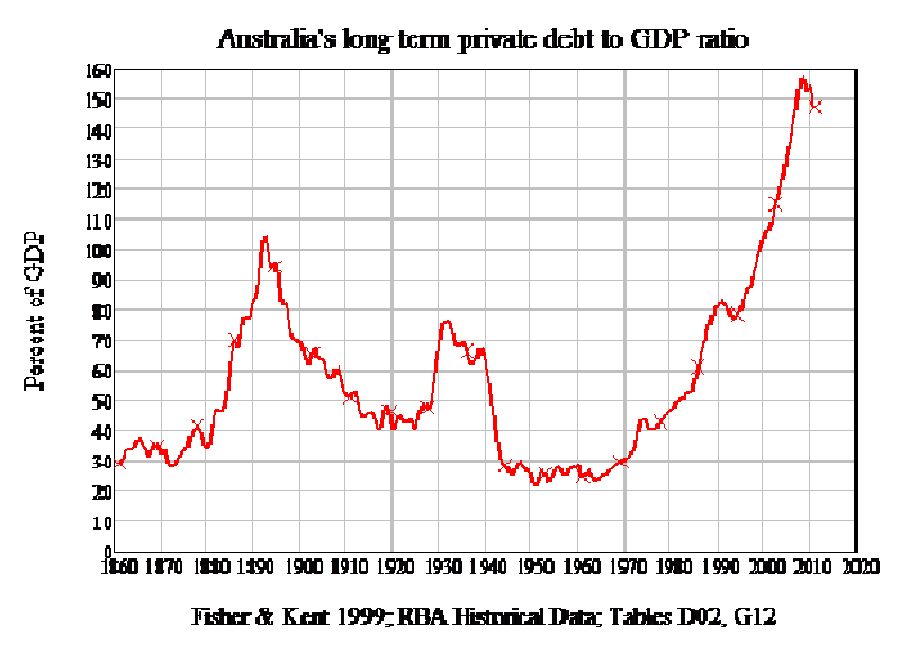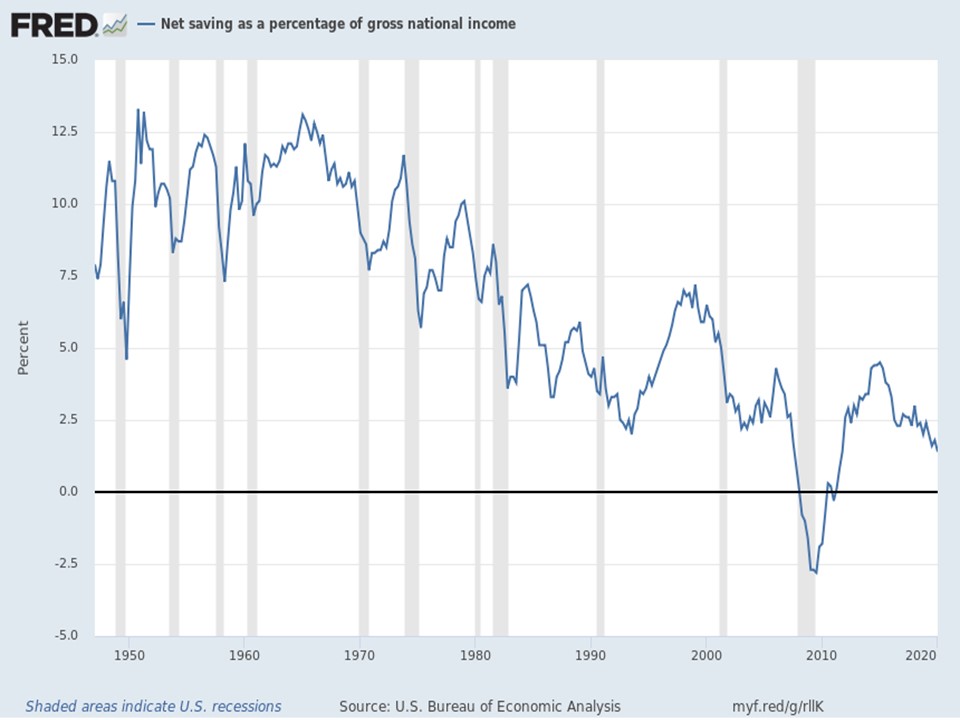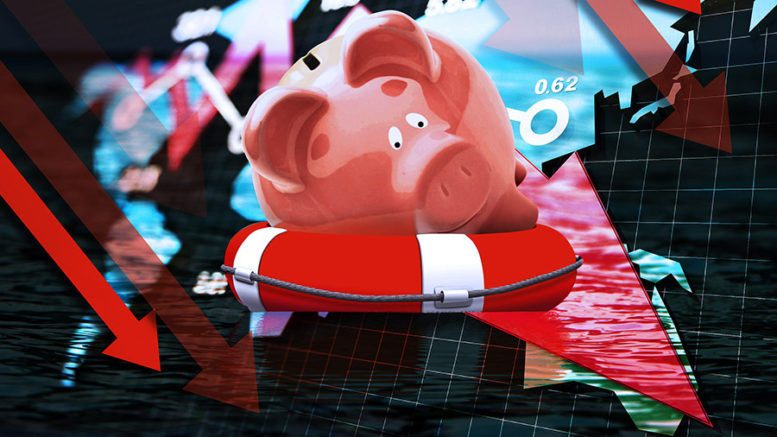Contributed by Joe Montero
Not unexpectedly, the Organisation for Economic Cooperation and Development’s (OECD), has just painted a dim forecast for Australia’s economy, suggesting that it will contract by 6.3 percent, if there is a second wave of Covid-19 infections. Event without this extra shock, the outlook remains dim. The economy could still shrink by as much as 5 percent. And this is only for this year.
As we lament the bad human impact of this, it would be wise to remember that this year’s crisis also provides a rare opportunity, to review, set new goals and begin the journey to a better future.
This is a time to bury policies aimed at welfare for the top end and tightening the belt for everyone else, which have been slowly bleeding us for a long time, aggravated systemic problems already existing in our society and economy, and in the way of the sustainable development necessary for future well being.
To come to terms with what needs to be done at this time, it is necessary to face the immediate and longer terms problems, come up with solutions and apply them.
It is blindingly obvious that reliance on an unhindered market to save the day is not going to work. The Morrison government’s packages through the pandemic, although inadequate, have been recognition of this. It is well and truly time to dump this fiction.

The danger is that as the lock down comes towards an end, there will be a quick retreat to the old ways. It’s not going to work. In the short term, the economy is far too fragile. In the longer term, the systemic problems that made the economy much more vulnerable to shocks, will remain unchecked.
Recognising the short-term need, the OECD has called on the Australian government to continue stimulus spending to boost business and consumption. Focus is put on continuing the JobKeeper subsidy to maintain jobs, and more spending on social housing to cushion a shock in a fall in the price of real estate values.
Ongoing stimulus should be supported with a couple of provisos.
Stimulus must be carefully directed, ensuring that it goes towards assisting the growth of a new sustainable economy with a manufacturing core, together with the manufacturing skills and knowledge needed to make it happen.
It must also raise the capacity of the less well off to provide for the basic necessities for a decent life. Thi will help the economy to grow.
Money spent on corporate handouts without being directed to the real needs is just harmful waste, and there has been far too much of this. If some corporate handouts should still prove necessary, help should take the form of an equity buy in, so there is a public say on how the money is used and a share in the profit made.
Unlike the government’s claims that unemployment has hit a peak of 7.4 percent this year and will rise a little to 7.6 next year, the real number out of work is at least 14 percent this year, and who knows what it will be next year.
Urgent action to create new and proper jobs is the answer. In a limited economy, the only way this can happen is through government employment creation schemes, backed by some level of assistance to small businesses on a knife edge. The major emphasis should be on extending public works programs that will improve infrastructure and other projects that lay foundations for a new and sustainable economy.
An economy needs money and investment. This brings us to another major challenge for the Australian economy. In the first place, the stimulus must be paid for somehow.
Part of the answer is to put in place a more progressive taxation system that means each contributed to the national well being on the basis of capacity to contribute, and the capacity for the tax evasion industry is removed.
It doesn’t stop here, however. A major block is the unsustainable level of private debt. Raising average incomes would go part of the way to resolving the household portion.
But the biggest problem is that the economy is dependent on debt, and no part more so than the financial economy. Some more can be done by transforming private debt to public debt. The difficulty is that the government does not have the capacity to absorb enough to break the cycle.
A solution depends on taking on the cause rather than the effect. Debt becomes a problem when not enough is coming in to pay it off. For an economy as a whole, the problem is that society’s stock of new wealth is not being increased at a rate sufficient to cover the quantity of borrowing. By wealth we mean the value of what is created new and stands apart form what existed before.
An approximation can be made by using Australia’s private debt ration to Gross Domestic Product (GDP). It is currently 1.5 times higher.

Debt devalues money and distorts investment patterns. Restoration depends on properly regulating finance to ensure that it is used to meet the present needs of society now and in the future.
The sate of the global economy lends a further problem. The OECD predicts that it will contract by at least 6 percent this year. International capital flows and trade in goods and services will be affected, and Australia is highly vulnerable.
There is a great deal of speculation over a possible coming plunge in the US dollar’s value. Driving this is an extremely low level of domestic savings, now standing at 1.4 percent of national income, and well below the post-World War Two average of around 7 percent.

It means that the American economy is heavily dependent on drawing investment funds from abroad. The Australian economy is heavily exposed through being heavily integrates into the US economy.
A massive US deficit with the rest of the world has been created. This is expected to swell to 17.9 percent of US GDP by the end of the year. Pressure is being put on other countries to absorb the burden. This is a major factor behind the emerging trade tensions with China, Europe, and other nations.
If the US external deficit continues to grow, it will eventually cause a sharp fall in the value of the currency and this will increase the instability of the existing global financial system, and may even prompt new arrangements between nations.
Many of the biggest corporations operating in Australia are American owned, and this is ensuring that a large proportion of what would otherwise be available investment funds, are being drawn out of the country.
This entanglement is most advanced in the financial sector, where Asutralia is heavily dependent on American banks and American dominated international financial institutions.
Without securing significant freeing form this entanglement, Australia’s capacity for flexibility in both dealings with the rest of the world and domestic capacity are compromised.
There must be enough freedom to make choices as to what is in the beast interests of the Australian economy and people.
Only through disentanglement and broadening the base of equitable global financial and economic relationships, will the Australian financial system be made secure and function properly.
Domestically, this can be backed with the existence of a public investment bank, backed by suitable regulation of private banks and other financial institutions.
These are some of the bricks and mortar changed needed. it is not enough. An economy is more than bricks and mortar, and involve people and the relationships between people. The conscious nature of participation is important. Reward for effort must be fair. There must be s sense that we are working together for our common good, as well as for ourselves.

Australia’s economy must therefore be made democratic. All who participate must have a genuine voice on how it is run. This means making decisions together within the individual workplace, and making decisions together are members of a community in the wider society, through new forms of enterprises, laws, and participatory institutions.
This must also be on the table for discussion. Australia needs to find the means to make economic democracy a reality, as an inseparable part of building a new economy.


Be the first to comment on "Australia’s economy is broken and needs a completely new approach to fix it"